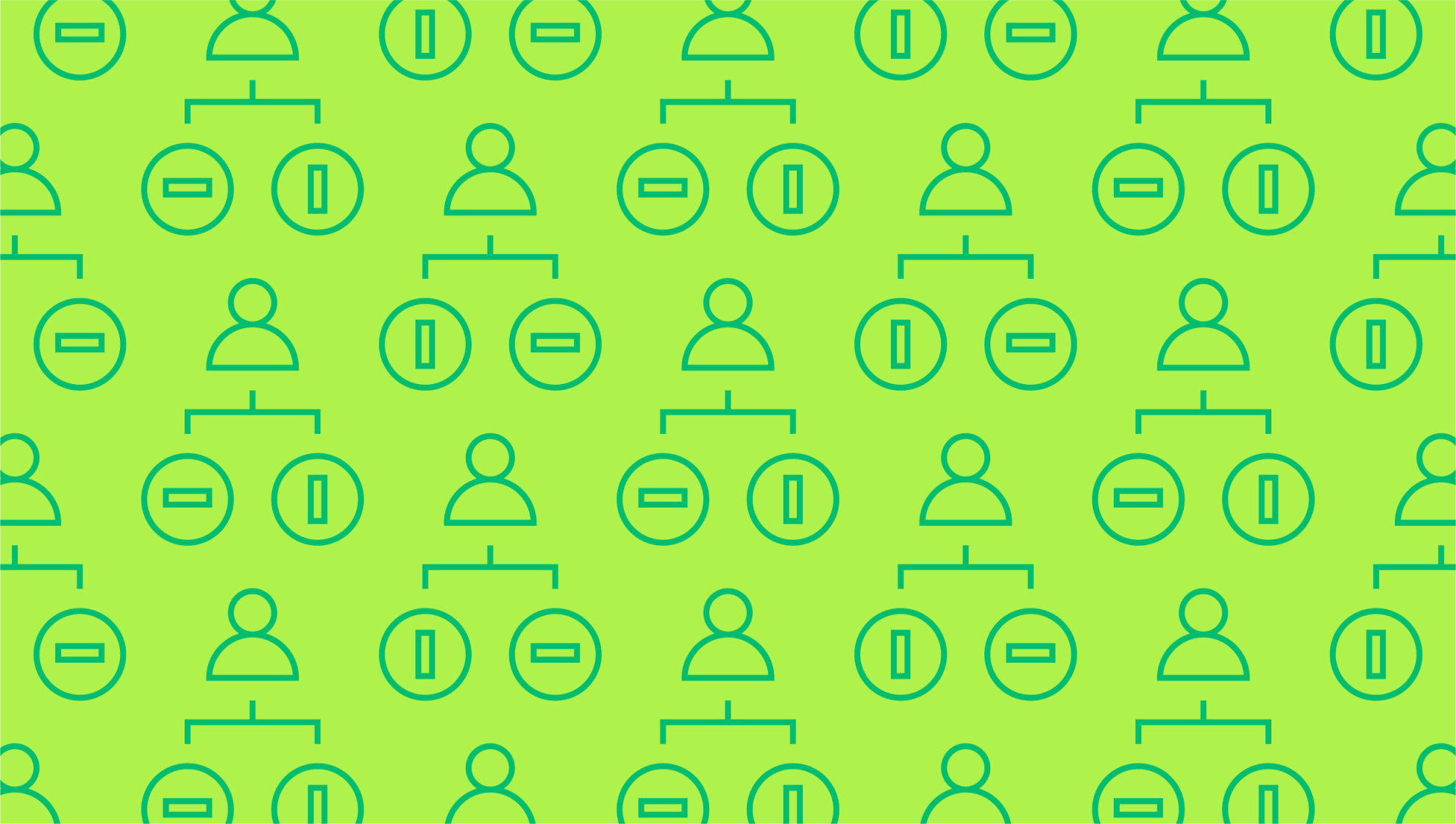Last editedNov 20212 min read
The software market is awash with useful apps, designed to help businesses do everything from process card payments to streamline invoice creation. How can you join these apps together to create a more uniform service? An integration platform as a service, or iPaaS, offers the structure needed to glue these cloud-based software applications together. Here’s how it works.
What is integration platform as a service (iPaaS)?
The term iPaaS, or integration platform as a service, refers to a type of cloud-based tool designed to link existing apps and data flows together. The iPaaS has built-in capabilities to help it interact with various protocols and formats, converting these as necessary so that third-party business apps can then communicate with one another. By integrating these separate services into one platform, businesses can create a custom process or new service all their own.
For example, imagine that a business wishes to link together an existing cloud-based customer database with a third-party payment gateway. By using an iPaaS, they could knit these two separate functions together for easier payment processing.
How does iPaaS work?
When you look at iPaaS tools, you’ll notice that they are neatly packaged into a central hub. However, behind this front-facing web application lies a web of complex coding and connection modules. These connectors are designed to work with the most popular cloud-based software applications, essentially decoding data and communicating it using new connections.
The iPaaS developers usually create a protocol for how data will be interpreted or offer user-friendly visual tools, but in some platforms the end user will need to write their own functions using programming languages.
After you’ve set up the connection modules as needed, the iPaaS platform simply runs in the background of your cloud-based workflow for easy on-premise integration. Data is channelled from one application to the other, filtered and decoded through the iPaaS system.
Examples of iPaaS in action
There’s no limit to what iPaas tools can do for a business because they’re designed to work with so many different types of data flows and apps. Here are a few examples of how on-premise integration works using an iPaaS.
Synchronise orders from two merged businesses that use different purchasing apps
Integrate workflows between a small office and corporate headquarters
Adjust accounting information according to local currency rates for multinational corporations
Track sales leads and match initial inquiries or website visits with final purchases
Benefits of using iPaaS tools
There are thousands of apps to choose from, but not all are manufactured by the same service provider. Every business wants to use the best tools for the job, and an iPaaS system allows you to pick and choose the third-party apps that are right for you. The best tools are engineered to suit the latest protocols, with sophisticated built-in security to keep your data safe. They work with artificial intelligence, the blockchain, and other emerging technologies so that you can merge old with new.
What to look for in iPaaS
Businesses are not spoiled for choice when it comes to iPaaS vendors and tools. Some examples of popular providers include:
Amazon Web Services tools such as AppFlow and Lambda
Boomi
Elastic.io
Informatica CLAIRE engine
Jitterbit
Oracle integration tools
When choosing the best iPaaS for your business, you should ensure that it offers the following key features and functions.
Filtering data
Fixing data inconsistencies
Transforming data from one format to another
Removing personal details for privacy
Adding encryption for security
Finally, some iPaaS use machine learning or algorithms to adjust its behaviour and make decisions as needed. This flags and sends you an alert if there are any data discrepancies during the usual operations.
As you can see, there are numerous applications and benefits to using this type of system. Businesses of all sizes can benefit from the best iPaaS tools, making the most of cloud-based applications.
We can help
GoCardless helps you automate payment collection, cutting down on the amount of admin your team needs to deal with when chasing invoices. Find out how GoCardless can help you with ad hoc payments or recurring payments.
